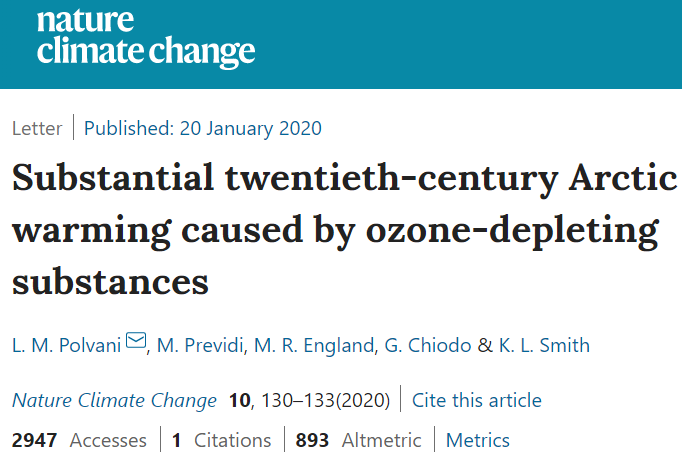- Joined
- Feb 12, 2013
- Messages
- 160,900
- Reaction score
- 57,844
- Gender
- Undisclosed
- Political Leaning
- Centrist
...as the world has warmed over the past few decades, satellites have been watching the Arctic get greener...
Vegetation is darker than snow, and therefore absorbs more heat, further exacerbating the thaw of the soil.
Thawing permafrost is one of the most dreaded climate feedback loops. Permafrost contains thousands of years of accumulated carbon in the form of plant material. A thaw—perhaps exacerbated by more abundant vegetation—threatens to release more CO2 and methane into the atmosphere. More carbon in the atmosphere means more warming, which means more permafrost thaw, ad infinitum...
The Arctic Is Getting Greener. That'''s Bad News for All of Us | WIRED
Saying this is not good would be an understatement. Saying that global warming is a hoax is willful blindness. Predicting that we are in deep trouble is probably the best card to play right now.


 www.nature.com › nature climate change › letters
www.nature.com › nature climate change › letters